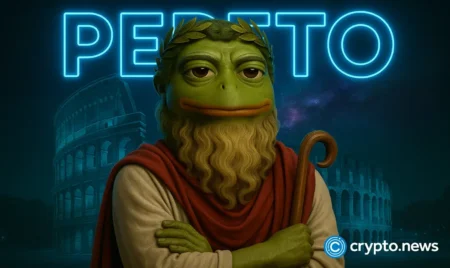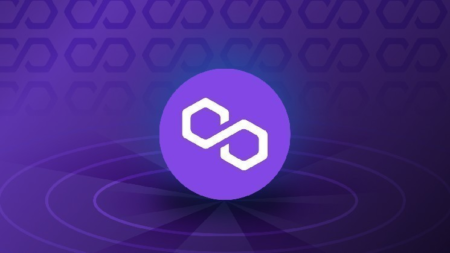The Dubai Financial Services Authority has granted regulatory approval to the QCD Money Market Fund designed to bring traditional assets like U.S. Treasuries onto the blockchain for institutional use.
The DFSA has officially approved the QCD Money Market Fund (QCDT) backed by Qatar National Bank (QNB) and DMZ Finance. The fund is the first tokenized money market fund to be officially established within the Dubai International Financial Centre.
QNB, the largest bank in the Middle East and Africa, leads the fund’s investment strategy and asset origination, while DMZ Finance, a tokenization and stablecoin infrastructure platform, provides the underlying technology for its digital architecture.
The fund aims to bring traditional financial instruments, such as U.S. Treasuries, onto the blockchain, offering institutional-grade applications including bank-eligible collateral, stablecoin reserves, exchange liquidity, and Web3 payment support.
“As the Middle East rapidly emerges as a global hub for financial innovation, the successful deployment of QCDT further consolidates QNB’s leadership in the regional financial ecosystem and reflects our long-term vision to shape the next generation of financial infrastructure,” Silas Lee, CEO of QNB Singapore, said in the statement to Coindesk.
A joint report by Ripple and Boston Consulting Group projects the RWA tokenization market will reach $18.9 trillion by 2033, and Dubai has emerged as a regulatory-friendly hub for digital asset innovation.
In March, the DFSA launched its Tokenization Regulatory Sandbox, offering a structured pathway for crypto firms to test tokenized investment products under its Innovation Testing License regime. The initiative received strong industry interest, with nearly 100 firms submitting expressions of interest for the inaugural cohort.
Moreover, Dubai is rapidly establishing itself as a leader in real estate tokenization, with tokenized property sales reaching nearly $400 million in May 2025, accounting for over 17% of the city’s total real estate transactions. This momentum was supported by key regulatory moves, including the Virtual Asset Regulatory Authority’s updated guidelines that formally recognize real-world asset tokenization, and the launch of a government-backed platform enabling fractional ownership of properties.
Read the full article here










